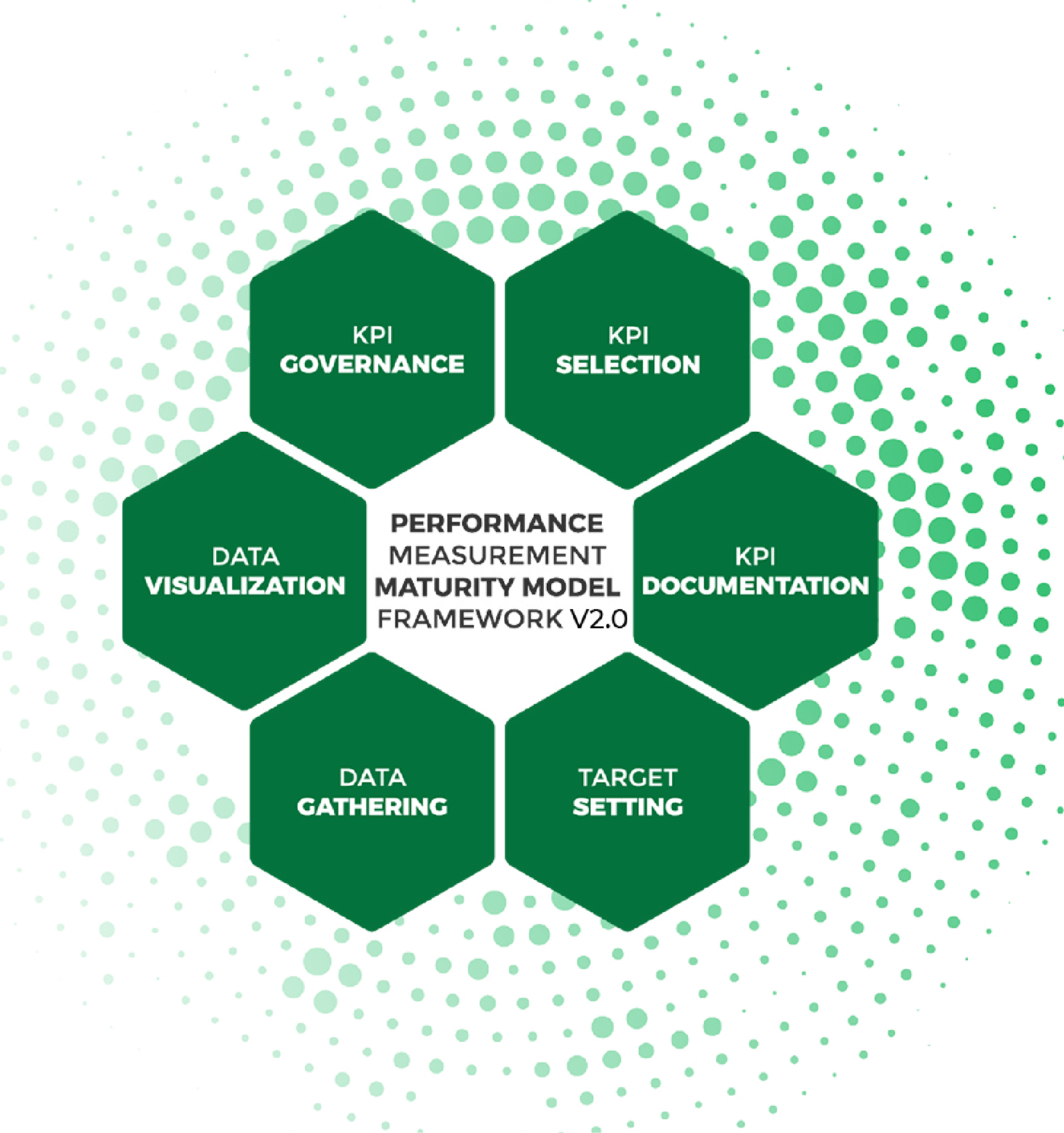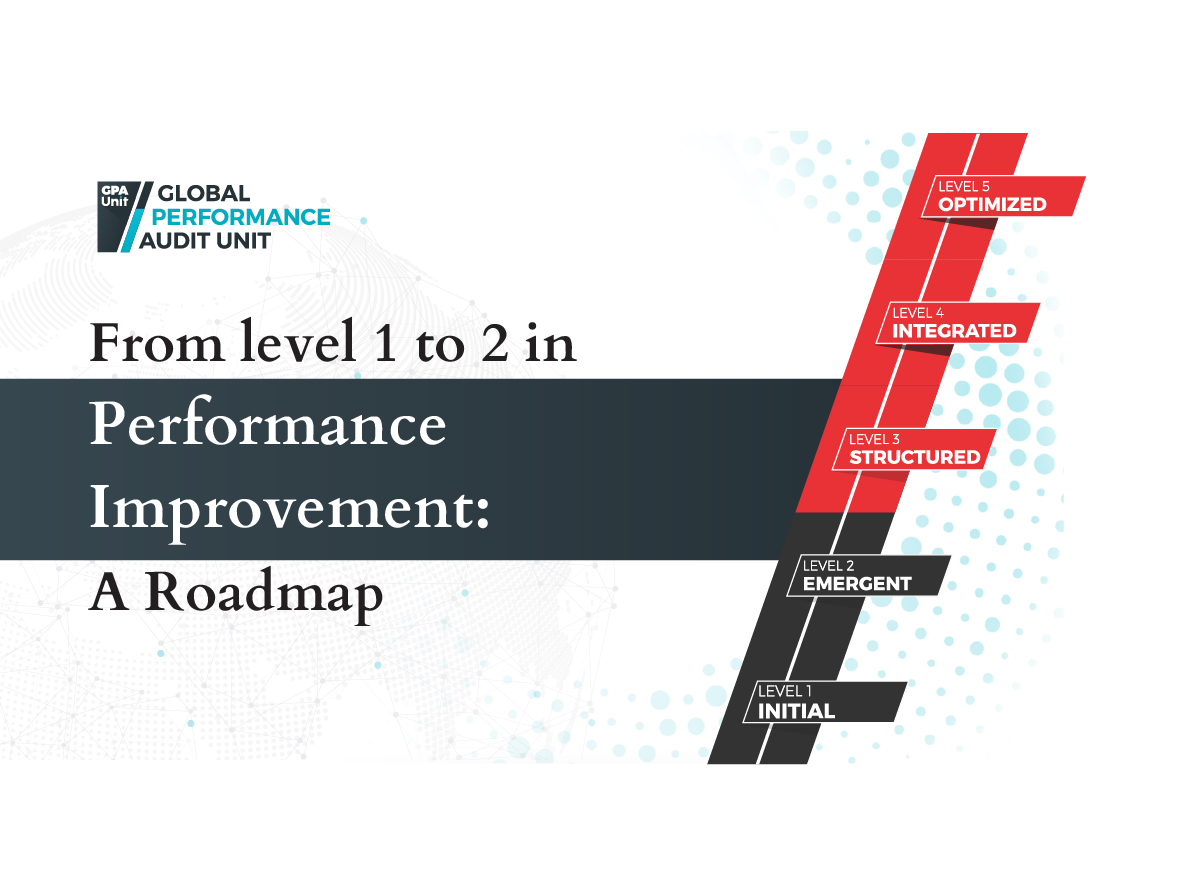Performance Measurement: The Core Pillar of Performance Management

A strong performance management framework is the backbone of any organization’s strategy execution. Proper performance monitoring and evaluation inform decision-making and enable the entity to adapt to changes and foresee the correct next steps.
According to The KPI Institute (TKI) CEO Aurel Brudan, performance management is the overarching human activity that is concerned with achieving desired results, thus demonstrating and achieving performance. It reflects the approach one entity has towards performance and it integrates both upstream and downstream with other domains of administrative science or managerial disciplines.
TKI outlines a distinction between the two key pillars that support this field: performance measurement and performance improvement. While the first one is focused on collecting data, the latter is concerned with decision-making and taking the correct actions to close the performance gap. This article will focus on how to address current challenges in performance measurement.
The Performance Measurement Maturity Model is a proprietary tool created by the Global Performance Audit Unit (GPA Unit), a division of TKI focused on assessing the maturity of performance management systems (see Figure 1). The model is used as a diagnostic tool to identify improvement areas for organizations. This instrument outlines six building blocks, among which a few of them overlap upstream with activities specific to strategic planning due to the need to ensure alignment between measurement and strategy. These are:
• KPI Selection
• KPI Documentation
• Target Setting
• Data Collection
• Data Visualization
• KPI Governance

KPI Selection
According to TKI’s State of Strategy Management Practice Report - 2024, KPI selection is among the top concerns of professionals in the Middle East and North Africa (MENA) region. This is an important stage of the strategy planning process as well as a key prerequisite for a successful performance measurement system.
Looking further into 2024 research data, it can be concluded that there is a moderate level of confidence in selecting the right KPIs, indicated by a rating of 3.2 accompanied by a moderate level of satisfaction with the relevance of organizational KPIs (3.1) based on the survey respondents’ perception. In both cases, the rating scale used is from 1 (very low) to 5 (very high).
KPI selection can be leveraged by combining the right research with insights from key internal stakeholders. Combining internal information about current KPIs being monitored with industry best practices can provide a sound understanding of potential measurements. Furthermore, engaging stakeholders in a dedicated workshop and using a framework for the conversation will enable the group to identify the most meaningful KPIs.
KPI Documentation
This is the process of formalizing the measurement process for each KPI through documentation. This is also an important stage as part of KPI selection since it can work as a second filter to validate KPIs. Some KPIs may be great to report, but their data collection cost may exceed the benefits, leading to the decision to not activate the KPI. While most organizations have a minimal documentation form containing the calculation formula and targets, very often KPI documentation forms are missing information such as the strategic objective of the KPI, interdependent KPIs, data sources, data limitations, data custodian, KPI owner, data collection, and reporting frequencies.

Target Setting
The challenges in this area vary from one organization to another. Less mature organizations struggle with putting together historical data or accessing market data. At the next maturity stage, there are difficulties related to data analysis and extracting meaningful business insights for future projections. Lastly, even mature organizations sometimes face challenges in engaging internal stakeholders to propose and support targets outside their comfort zone.
Improving target setting requires a two-fold strategy. Firstly, the actual process itself can be optimized by a detailed mapping of the “what” and “how”. The Strategy Office and KPI owners will play important roles in defining KPI targets. Position the Strategy Office as the process facilitator and quality assurer, and involve business leaders to drive target analysis and propose desired levels. Introduce a target setting form for documentation based on data to both understand the KPI’s data patterns and justify proposed targets.
Secondly, support KPI owners with adequate training to raise data literacy and the ability to work with KPIs. Revise the extent to which the compensation package and employee performance is linked to corporate targets and how this system could be adjusted to reduce the risk of sandbagging to secure individual financial benefits.
Data Collection
TKI’s data from the MENA region shows that 51% of organizations have not properly automated their performance measurement systems, which negatively impacts data accuracy, efficiency in providing corporate reports, and the ability to trust and develop a data-driven decision-making process. While having a dedicated software solution can solve many of the data collection issues, organizations must first streamline the process. KPIs must be properly documented, data sources must be identified, data check protocols should be set, and data custodians must be allocated and trained across the organization. Where most of the data is centralized manually from the bottom to the top of the organization, using a standard template is mandatory to ensure faster processing and development of the performance report.

Data Visualization
This activity is included as part of the Performance Measurement Maturity Model to indicate the ability of the organization to use data properly. Data-driven decision-making is facilitated by strong data visualization tools. Mature organizations know how to leverage software solutions to create a story around data and make it easy for everyone to understand the message behind the numbers. Furthermore, even with the lack of automated reporting solutions, smart visual design done in spreadsheet applications like Microsoft Excel can make the difference in the way data is interpreted and used by business leaders.
KPI Governance
KPIs are at the core of any Performance Measurement System, and accountability must be defined for each corporate KPI. The Corporate Performance Office usually oversees the system and ensures all processes and tools are set in place according to best practices. Meeting KPI targets falls under the responsibility of top management. Mature organizations have designated KPI owners and a strong collaboration between them and the Corporate Performance Office monitors performance, reports results, and supports business leaders to identify root causes for underperforming KPIs and address them properly.
Why Measuring Maturity Matters
The Performance Measurement Maturity Assessment takes organizations into a deep dive to discover their formal and informal practices in the six aforementioned areas to prepare the proper groundwork for system optimization. It precisely identifies how current processes and tools must be improved to design a state-of-the-art performance measurement system and address specific challenges. By doing so, organizations are better equipped to navigate the ever-evolving terrain of the business landscape.
| DATE | February 05th, 2025 |
| Category | Blog Posts |
| Reading Time | 6 |




